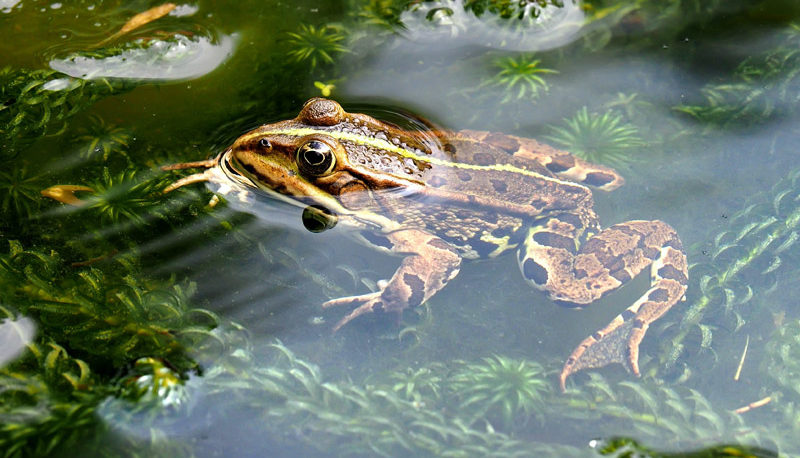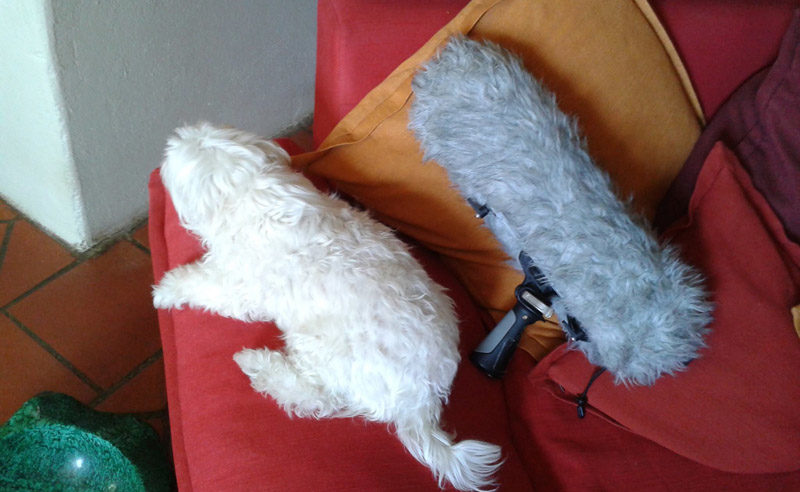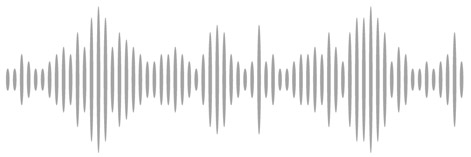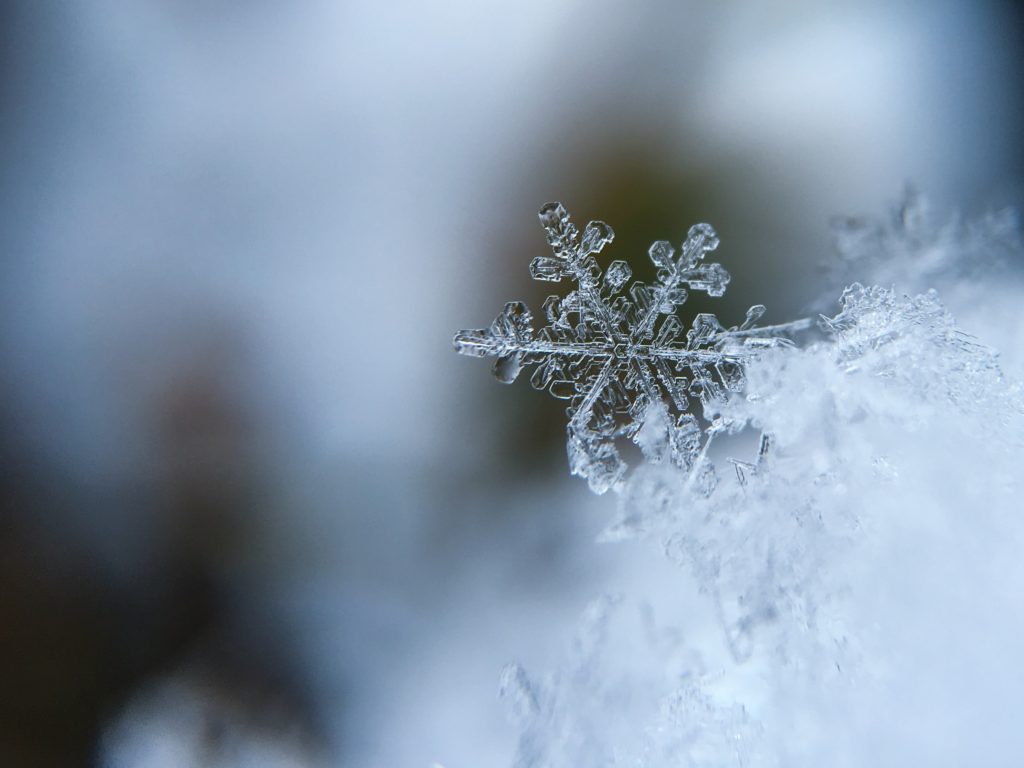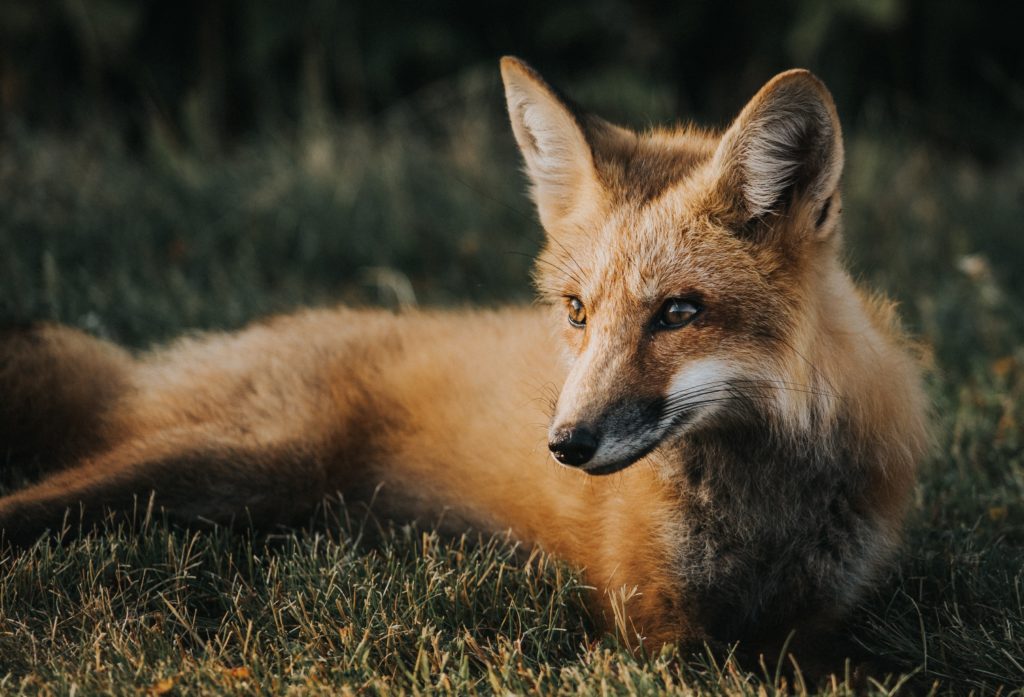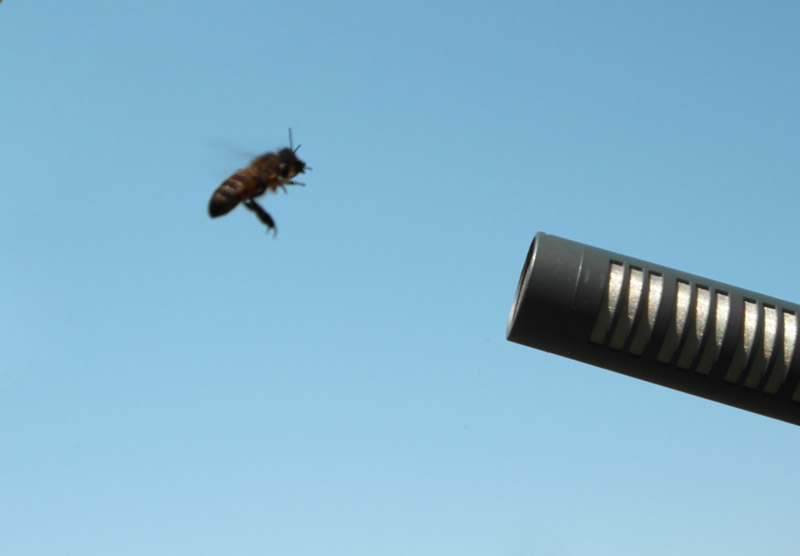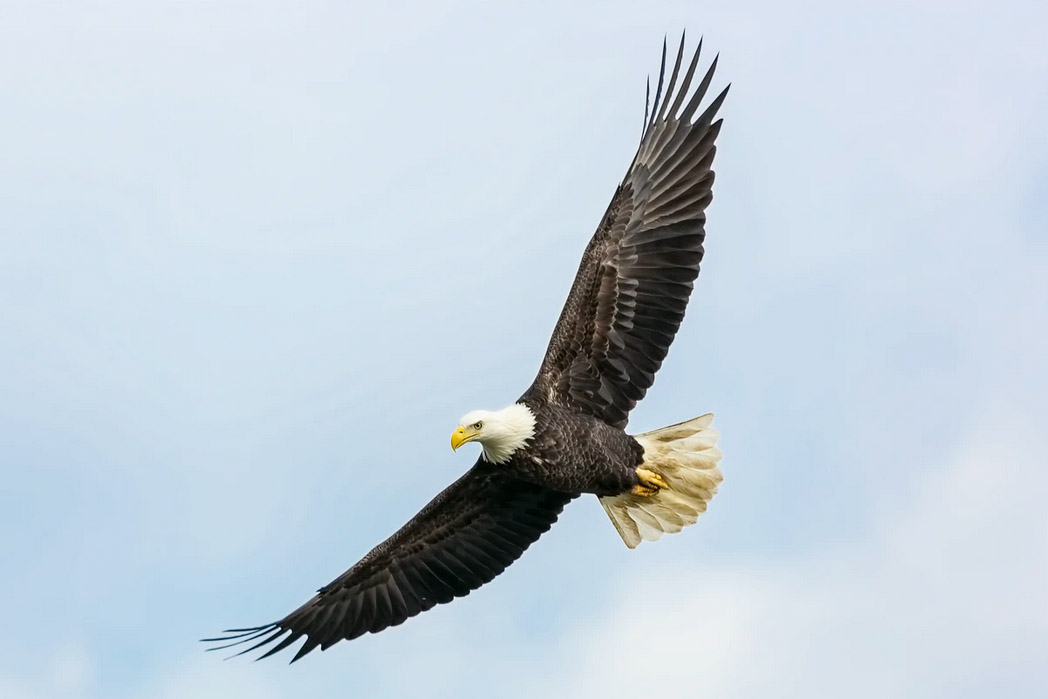
The songs and calls of animals are an inexhaustible source of inspiration for the sound craftsmen.
Animal recordings are generally made in a natural environment. They contain several elements: the main sound, but also background ambiences and reverberation. For example, when listening to a bird song CD, we can hear that the main animal is never completely isolated. The are often background sounds, wind, insects, etc.
When designing sound effects, it’s interesting to work from de-contextualized animal recordings, with the least possible background noise. It’s easier to work with clean and precise sounds for transforming or pitch-shifting. Sound designers often use real animal sounds as the basis for creating voices of monsters, aliens or dinosaurs.
How to get the best quality animal sounds?
Pets
Pets are easy to record and they often provide interesting sound material. The diversity of their sounds is amazing and each animal has its unique sound character. Owners and trainers who know their animals well are precious allies for recording sessions.
For example, to make the sound of a dying wolf for a video game, I recorded a dog that could sing when his handler asked him to (no harm was done to the animals of course!).
For a documentary series, I transformed the hoarse meows of a cat into the calls of a prehistoric groundhod. A dog who growled at will helped me to make the vocalizations of a yutyrannus, (a kind of t-rex). Here’s an extract, first two dog growls followed by the designed sound.
One day, I tried to record an isolated donkey that I had heard braying several times in the distance. I spent several hours beside him and he didn’t make any sound. After a while, I decided to leave. At that moment, he started to bray again. My presence seemed to comfort him and he was not calling his donkey friends as long as I was there. So I placed my microphone on a stand, activated the recording and pretended to leave. It triggered his calls!
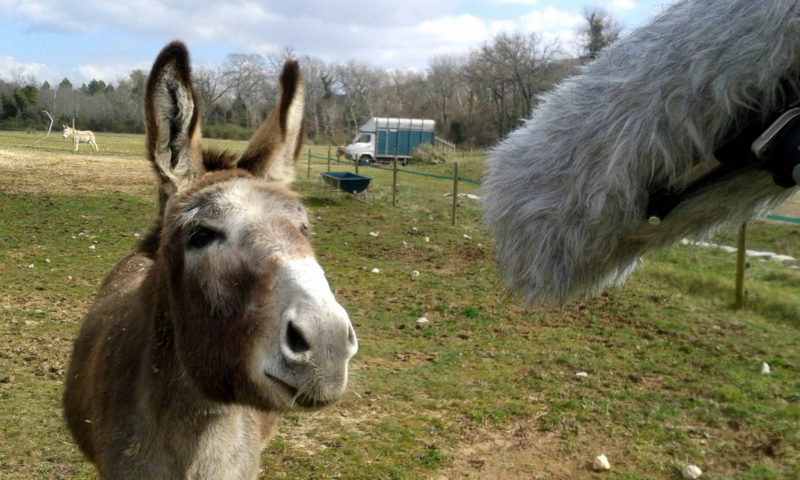
Wild animals
Recording wild animals requires a lot of patience and some luck. In their natural environment, you are rarely sure to meet the animal you want. Like hunters, we often come home empty-handed or with sounds too distant, too short or too noisy.
Some audio-naturalists like Marc Namblard camouflage their recorders and microphones near signs of the presence of an animal, such as footprints. These devices are called sound traps. They can record hours of the atmosphere of a place and the sounds of its potential visitors.
For wild animals, the perfect solution is to meet trainers. These people are often great lover of animal and they know theirs perfectly. Their contribution is invaluable to record in the best conditions. They can sometimes trigger animal calls with some orders or food.
I had the chance to meet several trainers and falconers. Thanks to their help, I collected several closed-miked cries of eagles, owls, parrots and vultures. Some are almost unrecognizable, like this golden eagle.
Zoos are also a good way to collect animal sounds, although it can sometimes be difficult to deals with the voices of other visitors. The team of the Zoa animal park in Sanary-sur-mer, France welcomed me on a closing day to record animals for the documentary Félins d’Afrique (African Cats). I took the opportunity to collect other sounds, probably the most spectacular being this giant Australian kookaburra, who responds to my voice.
For the record, the song of the kookaburra is often used in jungle scenes in movies, in Tarzan, Indiana Jones or even Jurassic Park, while its author lives only in Australia. This is probably because it sounds like the call of some monkeys.
The song of frogs
My neighbors have a small pond with many frogs whose song brightens our spring evenings.
This song contains several phonemes. The famous croaking that dominates, but also other calls that sound like laughter or mechanical noises. I wanted to record a frog sound library.
It’s easy to capture the background sound of a frog concert. But when you get close, the amphibians become silent. Their eyes are very sensitive to movement and their song doesn’t resume as long as you stay nearby.
In frogs, males sing as loudly as possible to attract females, it’s like a competition. To get my close-miked sounds, I had the idea of putting the male frogs in competition with … themselves. For that, I play in my earphones a take that I had made a few meters before, at maximum volume. Immediately, the males restarted singing, as if to compete with these virtual adversaries. By repeating the operation several times, I managed to put a microphone a few centimeters from one of the frogs. I got a very clean and precise recording. Here is an extract.
